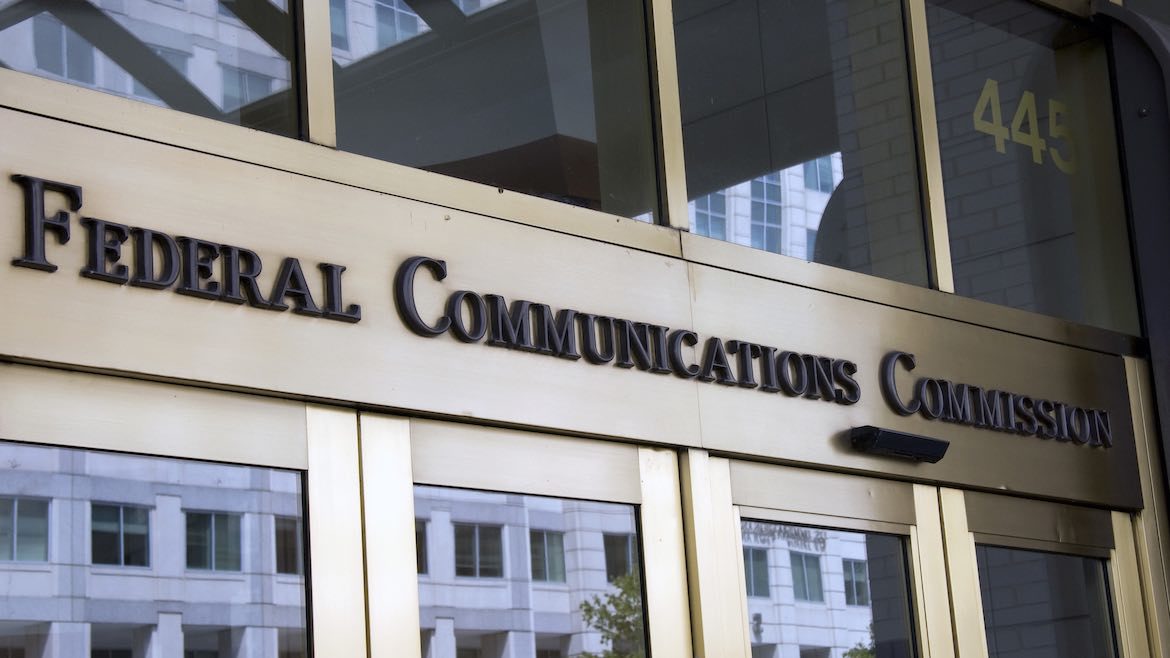Changes to FCC licensing standards lay groundwork for new radio filing windows

Mike Janssen / Current
When the FCC issued its Dec. 11 report and order that updated rules for handling multiple applications for noncommercial educational and low-power FM stations, the most significant takeaway went unstated in the 43-page document.
With a series of changes that amount to housekeeping, the commission laid the groundwork for new general application filing windows. These aren’t mentioned or specified in the report, but based on observed staff work loads and other known deadlines, I estimate an NCE window could open next summer or fall. An LPFM window could follow as early as 2021.
Most of the changes in the order have no effect until a new filing window opens, except for permittees and license-holders who were authorized in earlier windows. For those groups, the commission simplified its rules defining changes in ownership and board membership, such as:
- Assigning an LPFM construction permit — Often LPFM projects falter because applicants waited for years in the processing line and the original group lost interest or moved out of the area. In these cases, the FCC has prohibited applicants from assigning the LPFM construction permit to a new owner. Under the new rules, the commission establishes a process for assigning the CP to a new group that meets all of its LPFM eligibility criteria. After 18 months of the three-year construction period, applicants can assign the CP to a new group that pays no more than the original applicants’ documented expenses in winning the permit. If the assigning permit holder won through the FCC’s point system for resolving competitive license filings, the new owner would have to meet or exceed the winning point system criteria during four years of operation after licensing.
- Assigning an NCE CP — For NCE licensees that secured their permits through the point system, the FCC confirmed its rule for meeting those criteria during a holding period of four years after initiating broadcast service. In cases where an applicant prevails on first- or second-service coverage, the FCC will now allow a change that involves loss of coverage area, provided that the licensee achieves coverage gains in other areas that fully offset the losses. This change should be quite helpful to stations that lose their transmitter site or need to move in light of changes in local demographics.
- Changes to board membership — For both NCE and LPFM applicants, the commission revised its rule for major changes to their governing boards. If turnover for a pending applicant results in a board of directors with more than 50% new members, the change has been considered major, resulting in dismissal. Now the FCC will treat a change of 50% or more as minor, especially if it occurs in stages over more than six months. Even if an NCE or LPFM’s board change occurs suddenly, it will be considered minor unless the turnover suggests a hostile takeover or a fundamental change in the applicant’s mission. Board changes remain reportable events, and applicants especially need to keep their proposals up to date with amendments.
Another set of changes will come into play as community radio groups start to plan their strategies for new filing windows. Prospective applicants should look closely at changes in these areas:
- Divestiture pledges — A transfer to another owner is a comparative factor in evaluating an NCE applicant. For an LPFM, it can totally disqualify an applicant if ownership is no longer local. The new rules credit any pledge of divestiture that’s made during the filing window; for comparative purposes, the existence of other ownership is treated as if it did not exist. The pledge need not be implemented unless and until the application ripens into a winner and the station is ready to go on the air.
- Board commitments and qualifications — After a filing window has closed, the FCC will not permit removal of a board member whose involvement would fix a qualification or point-system issue. In the case of an LPFM application, if a director is discovered to have participated in pirate radio, the defect is fatal and the application will be dismissed.
- Selection criteria — For NCE applications, the commission added a tie-breaker criterion for applicants who can show they lost out on points in a previous window, but continued to maintain their filing group despite the setback. Such applicants will need to show that they had acquired no ownership during the interim time period. But the Commission refused to review complex daisy chains to identify secondary winners after it dismisses all the applications that are in conflict with the point-system winner.
- Time-sharing rules — Under current rules, once the filing window has closed and the staff has published lists of conflicting applications in groups, applicants with equal points have been permitted to merge into a time-share. Such mergers magically multiply the applicants’ combined point totals into a winner. At times this has led to suspicions of skullduggery in which the dueling applicants are not really separate, but more like one puppeteer with one or more puppets. The new rules allow applicants to acknowledge and disclose intended point system aggregations at any time. The FCC also streamlined its time-share rules for both LPFM and NCE applicants and set a timetable for resolution of voluntary and FCC-imposed time shares. Mandated time-shares are now capped at three applicants.
- Site availability — Because the FCC doesn’t charge filing fees for NCE applications, windows for both NCE and LPFM licenses have attracted some sloppy applicants, and some have taken casual attitudes about the sworn representations made in the application form. For example, in some cases applicants have specified a transmitter location without permission. The new rules require applicants to certify reasonable assurance of access to the transmitter site and to identify a contact person and telephone number of the access grantor.
This summary of the FCC’s rule changes is not comprehensive and is not offered as legal advice. In the wake of this action, and pending fine-tuning of FCC engineering standards, new application forms will be created for filing windows for LPFMs (FCC Form No. 318) and NCEs (Form 340). Prospective applicants will need to study the detailed instructions and work sheets (if any) in completing the forms.
These are not last-minute projects. Attention to details prior to filing is the surest path to success.
Michael Couzens is an attorney and community radio advocate in Oakland, Calif. Contact him at cuz@well.com.





